Désert de Platé
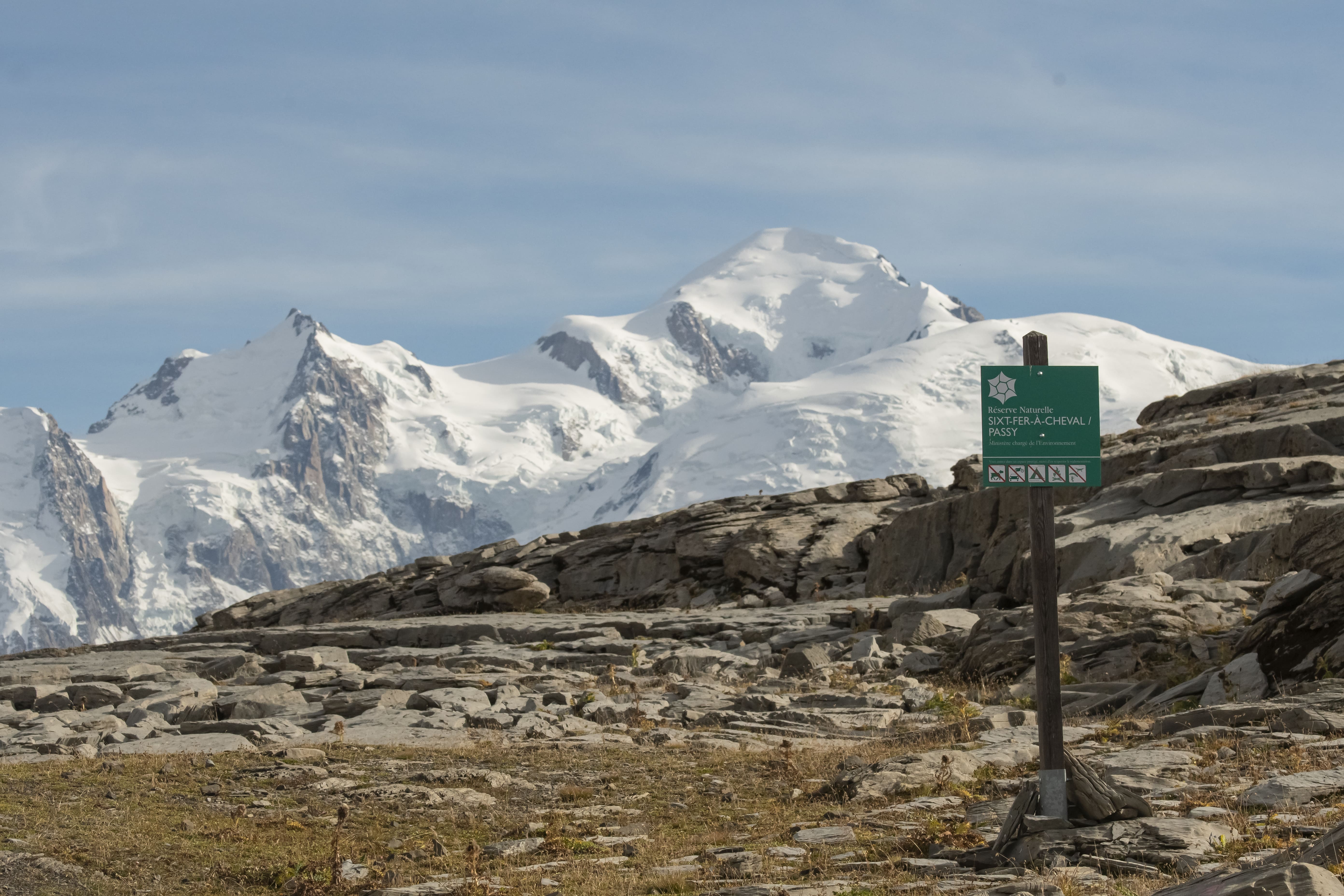
Arâches-la-Frasse
Désert de Platé
Easy
3h
9,5km
+743m
-741m
Embed this item to access it offline
Accessible trail that avoids the need for ski lifts
4 points of interest

Crise de la biodiversité - @Mackaycartoons  Small patrimony
Small patrimonyThe unnoticed 6th mass extinction
We talk a lot about climate change, but the biodiversity crisis is even more pressing. Biodiversity decline indicates a reduction in population numbers, but not necessarily full extinction of a species. We have lost 80% of insect populations in 30 years in Europe (German study - 2017), 68% of vertebrate populations worldwide in 50 years (WWF-France study - 2020) and 25% of bird populations in Europe (study published in the American journal PNAS - 2023). We are getting used to this constant decline! Less than a generation ago, car windscreens were covered with insects! Ultimately, we know very little about the biodiversity that sustains us (it provides us with food, medicine, etc.). All that's left for you to do is to learn all the information on our Rando Nature website.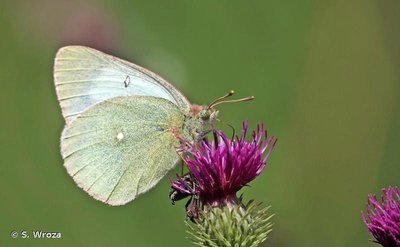
Le papillon Solitaire - @SWroza  Fauna
FaunaMoorland clouded yellow (Solitaire)
The Moorland clouded yellow is a butterfly, identifiable by a small white circle on its wings, usually observed alone. Like all butterflies, it is an insect with six legs, four wings and a proboscis, which it uses to feed on nectar and pollen. Before reaching the adult stage, it goes through three life phases: egg, voracious green caterpillar and finally immobile leaf-like chrysalis. As an adult, the Moorland clouded yellow enters a reproduction phase. The male uses his eye-catching colours and distinctive scent to attract a female. The butterfly's wings are not just for flight: their colours scare off predators and the shells covering them trap heat, an invaluable asset at high altitudes. After mating, the female lays her eggs on her favourite host plant, the bog bilberry, which grows at high altitudes. This butterfly survives the winter cold in a caterpillar form. The Solitaire is sensitive to changes in its environment, and protecting the bog bilberry is essential to its survival.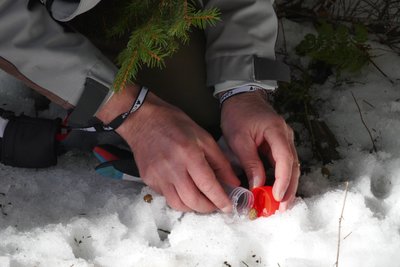
Prélevements génétique - @capucinePernelet  Fauna
FaunaScientific project: ARBI
The ARBI (‘Recreational Activities and Biodiversity’) project is a scientific collaboration between Asters-CEN74, manager of the National Nature Reserves (RNN) in Haute-Savoie, and the French National Biodiversity Office. This project is studying how the animals (the mountain hare and the rock ptarmigan) move within and between two different areas: the Flaine ski area and the Sixt-Fer-à-Cheval/Passy nature reserve. The aim of the project is to study the impact of human activities during winter and summer time on biodiversity in order to better harmonise the animal and human worlds. To this end, we’ve implemented: Monitoring Alpine ptarmigan and mountain hares via GPS trackers. Genetic profiling (using droppings collected in the field) of these two species to understand their behaviour. Monitoring of birds and insects using sound recording equipment An estimate of human traffic on the monitored sites.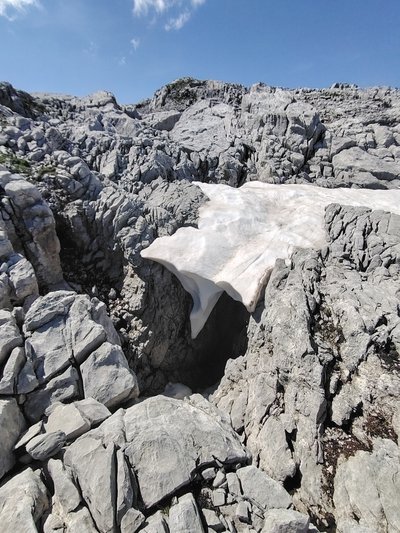
@capucinePernelet  Geology
GeologyExceptional geology
This limestone plateau, known as lapies, covers an area of 1980 hectares and is truly exceptional. Lapies can be recognised by their numerous fissures. Created by the water run-off (glaciers and melt-water) on the surface, they reveal the presence of an underground karstic network. The combined action of mechanical and chemical erosion caused by water has created an unparalleled variety of shapes. Cracks and grooves up to a metre deep run alongside troughs, grooves, notches, meanders, ledges, potholes, etc. These tiny formations stretch for kilometres and their creation is facilitated by the presence of grasses, mosses and lichens that produce carbon dioxide, which accelerates erosion. Make sure you have good footwear and take extra care when hiking on this plateau.
Description
From the top of the Flaine resort, pass under the porch and in front of the Grands Vans chairlift. The hike starts on the track leading to the restaurant. Follow the GR96.
Head up the Combe de Balacha and observe the chamois, ibex and marmots below the Tête de Balacha.
Turn right at Col Pelouse and leave the path on the left for Lac de Gers.
Pass under the Tête Pelouse to reach the Col de Platé (2356 m) and admire the Mont Blanc. From here you can reach the Grandes Platières cable car.
The return journey takes the same route.
- Departure : Grands Vans, Flaine
- Arrival : Grands Vans, Flaine
- Towns crossed : Arâches-la-Frasse, Samoëns, and Sixt-Fer-à-Cheval
Altimetric profile
Sensitive areas
Along your trek, you will go through sensitive areas related to the presence of a specific species or environment. In these areas, an appropriate behaviour allows to contribute to their preservation. For detailed information, specific forms are accessible for each area.
- Impacted practices:
- Aerial, , Land, Vertical
- Contact:
- Asters - Conservatoire d'espaces naturels de Haute Savoie
contact@cen-haute-savoie.org
Recommandations
Always be careful and plan ahead when hiking. Asters CEN-74 cannot be held responsible for any accident or inconvenience that may occur on this route. Check the weather conditions before setting off. Mountain Rescue contact details: call 112
Transport
Flaine shuttle bus It takes 1 hour from Cluses
Report a problem or an error
If you have found an error on this page or if you have noticed any problems during your hike, please report them to us here:
